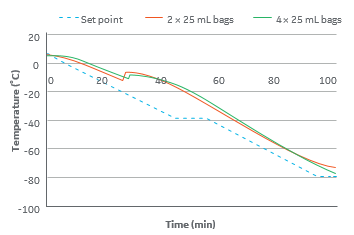Freezing cells without liquid nitrogen
VIA Freeze controlled rate freezers are compact electrical systems that do not require liquid nitrogen for freezing cells. Conduction-based cooling enables consistent cryopreservation of cells, including those in umbilical cord blood.
This study used a VIA Freeze system (Fig 1) and specific accessories (Fig 2) to freeze up to four 25 mL cord blood samples in cryobags. Cell work and data collation were performed by UK-based cord blood cell bank, Anthony Nolan.
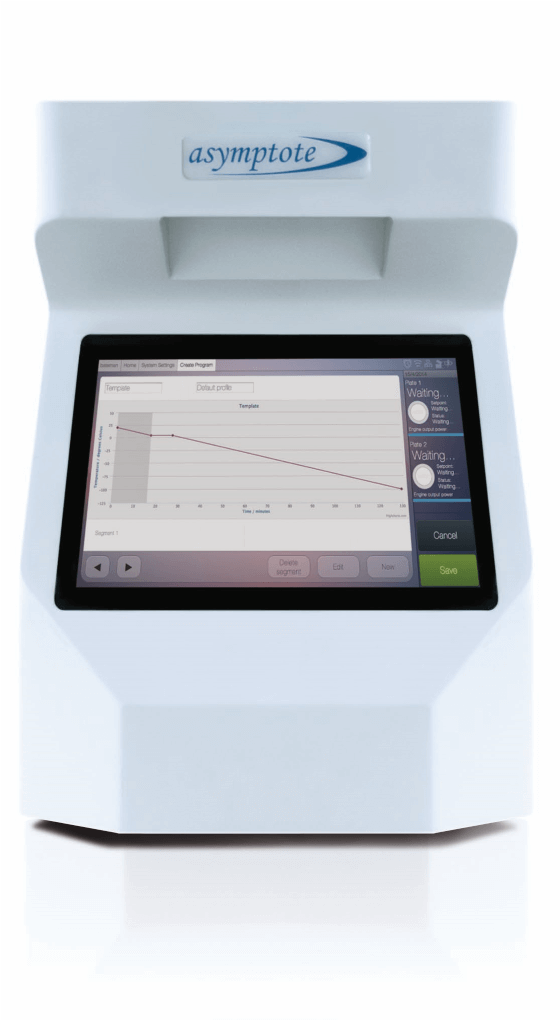
Fig 1. Turnkey cell freezing without liquid nitrogen in VIA Freeze electrical controlled rate freezer. Models include VIA Freeze units (pictured), VIA Freeze Duo units, and VIA Freeze Quad units.
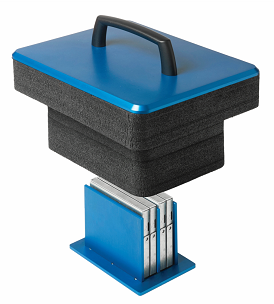
Fig 2. VIA Freeze insulating hood and detachable magnetic sample rack for freezing multiple 25 mL cryobags with or without cassettes. Rack can be easily switched for other sample plates to accommodate vials, larger bags, or other formats. Sample rack product codes are ASY_30080, ASY_30081, or ASY_30082 depending on bag type.
Freezing profiles are consistent between multiple bags in the dedicated rack, as shown in Figure 3.
Fig 3. Example of consistent sample freezing profile with multiple cryobags in a VIA Freeze controlled rate freezer.
Consistent cord blood cryopreservation
The VIA Freeze system was assessed for its ability to consistently freeze one, two, three, or four 25 mL fill cryobags containing cord blood samples. Several key cell parameters were measured after thawing, including: total nucleated cell (TNC) count; viability of mononuclear cells (MNC) and CD34+ cells; CD34+ cell recovery; and clonogenic efficiency (ratio of hematopoietic stem cells to colony-forming units; ClonE). The evaluation was performed in triplicate.
After thawing, all performance measures were consistent regardless of sample number, as shown in Figure 4.
This consistency is possible because the VIA Freeze system monitors the cooling energy required, which increases with the number of samples. The system adjusts the engine power accordingly. The hold segment allows a steady-phase change to occur within the sample. It also allows a controlled cooling rate before and after ice nucleation, which is key to post-thaw cell recovery.
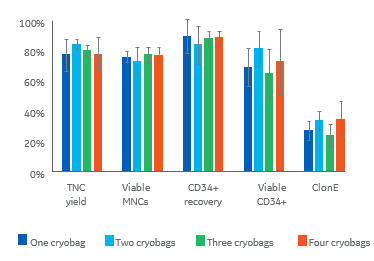
Fig 4. Impact of a full complement of cryobags (4), compared with fewer cryobags, n = 3 ± SD. ClonE is clonogenic efficiency (ratio of hematopoietic stem cells to colony-forming units).
Comparable cell recovery
Performance of the VIA Freeze system was compared with that of the standard liquid nitrogen-based freezer method (Kryo 560, Planar PLC). Fifteen pairs of 25 mL processed cord blood bags were evaluated. Cryoprotectant (55% DMSO-5% Dextran 40) was added to a 10% final concentration. The cooling profile for the VIA Freeze unit was 2°C/min from 4°C to -70°C, with a 10-minute hold at -30°C, to allow for nucleation. As shown in Figure 5, post-thaw cell recovery and viability results were comparable between the standard LN2-based method and the VIA Freeze controlled rate freezer.
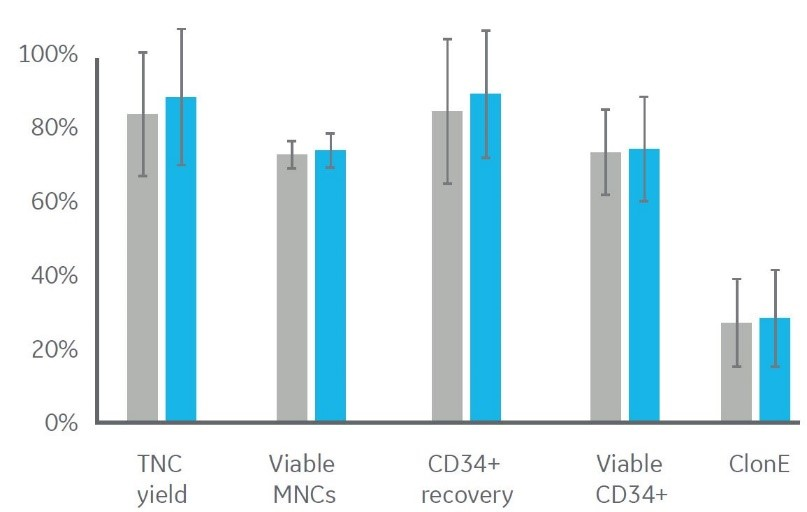
Fig 5. Post-thaw cell data of an LN2 system (grey) and VIA Freeze model freezer (blue), n = 15 ± SD. ClonE is clonogenic efficiency (ratio of hematopoietic stem cells to
colony-forming units).
Reduced operating costs for freezing cells
In September 2016, VIA Freeze system customers were interviewed about liquid nitrogen consumption for LN2-based freezers. According to resulting calculations, the electrical VIA Freeze systems offer substantially lower operating costs for freezing cells. In the scenario depicted in Figure 6, savings of 95% to 99% are possible.

Fig 6. Annual LN2 running costs based on 6 daily cycles, 300 days per year, 24 liters of LN2 per cycle. Liquid nitrogen consumption for LN2 freezers based on Cytiva customer interviews in September 2016. Converted from Euros at an exchange rate of 1.2 US dollars/Euro.
Summary
As demonstrated by this study, the VIA Freeze system enables consistent cord blood cryopreservation of one to four 25 mL cryobags in the same freezing run. Compared to a traditional LN2-based freezer, the VIA Freeze system provides equivalent performance. Comparability is based on key performance indicators, including CD34+ cell recovery and ratio of hematopoietic stem cells to colony-forming units.
Conduction-based cooling and intelligent VIA Freeze control software ensure consistent cryopreservation, without the hazard and expense of liquid nitrogen. The compact, electrical VIA Freeze system has extremely low operating costs, typically 95-99% lower than LN2-based freezers. In addition, the VIA Freeze series of electrical freezers are suitable for cleanrooms.
Acknowledgements
We would like to thank Anthony Nolan for carrying out the cell work on this study and collating the data. Source: Anthony Nolan VIA Freeze evaluation report, Q2 2018.
